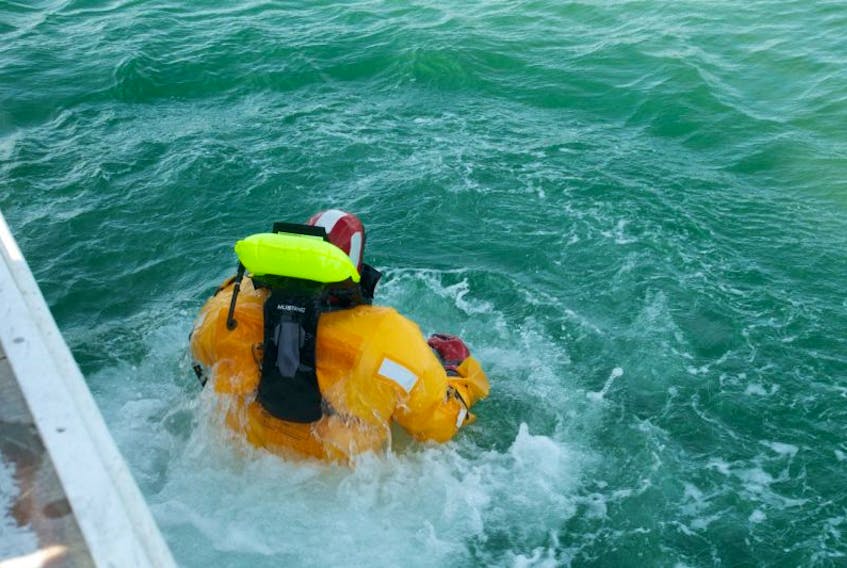If this surprises you in any way, you might just not have been paying attention.
On Friday, Canada’s Transportation Safety Board (TSB) did the same thing it has been doing for years now: it released its annual watchlist for 2020.
Here’s how the TSB describes that effort: “The Transportation Safety Board of Canada’s (TSB) Watchlist identifies the key safety issues that need to be addressed to make Canada’s transportation system even safer.”
“The number of fish harvesters that lose their lives annually has not decreased, and continues to average about 10 fatalities per year, despite a slight reduction in the number of registered fish harvesters and active fishing vessels over the same period. There are currently approximately 45,000 fish harvesters in Canada, making harvesting marine resources one of the most hazardous occupations in the country. The vast majority, if not all, of these fatalities are preventable.”
One of them addresses a particular issue that’s big business in Atlantic Canada: the commercial fishery. Here’s what they had to say this year: “(This) issue has been on the TSB Watchlist since 2010. Every year, the same safety deficiencies on board fishing vessels continue to put at risk the lives of thousands of Canadian fish harvesters and the livelihoods of their families and communities.”
There are a variety of safety issues in the fishery, according to the board: “a number of systemic factors requiring attention, in particular: vessel modifications and their impact on stability; the lack of, or failure to use, lifesaving equipment, such as personal flotation devices, immersion suits and emergency signaling devices; unsafe work practices; and inadequate regulatory oversight.”
And the TSB does not mince words: “The number of fish harvesters that lose their lives annually has not decreased, and continues to average about 10 fatalities per year, despite a slight reduction in the number of registered fish harvesters and active fishing vessels over the same period. There are currently approximately 45,000 fish harvesters in Canada, making harvesting marine resources one of the most hazardous occupations in the country. The vast majority, if not all, of these fatalities are preventable.”
Stop and think about that for just one short minute: where else in Canada is there an industry that lists a constant flow of deaths going back for more than a decade, where “the majority, if not all” are preventable?
We’re depending a lot on quoting the TSB’s own words here, but the board specializes in pushing safety: here’s what they say the fishing industry needs: “These risks will remain until concerted and co-ordinated actions by federal and provincial authorities, industry leaders and safety advocates successfully influence and reinforce changes in behaviours and attitudes. Developing and sustaining a strong safety culture in the fishing industry is required to foster greater compliance with regulations, in particular with respect to vessel stability and the use of life-saving equipment. Addressing these two safety deficiencies would contribute to a significant reduction in the number of fishing-related fatalities given the number of deaths currently associated with falling overboard or stability/capsizing events.”
This issue has been on the front burner with the TSB for over a decade: isn’t it about time governments started paying full attention?
How many deaths is too many?








